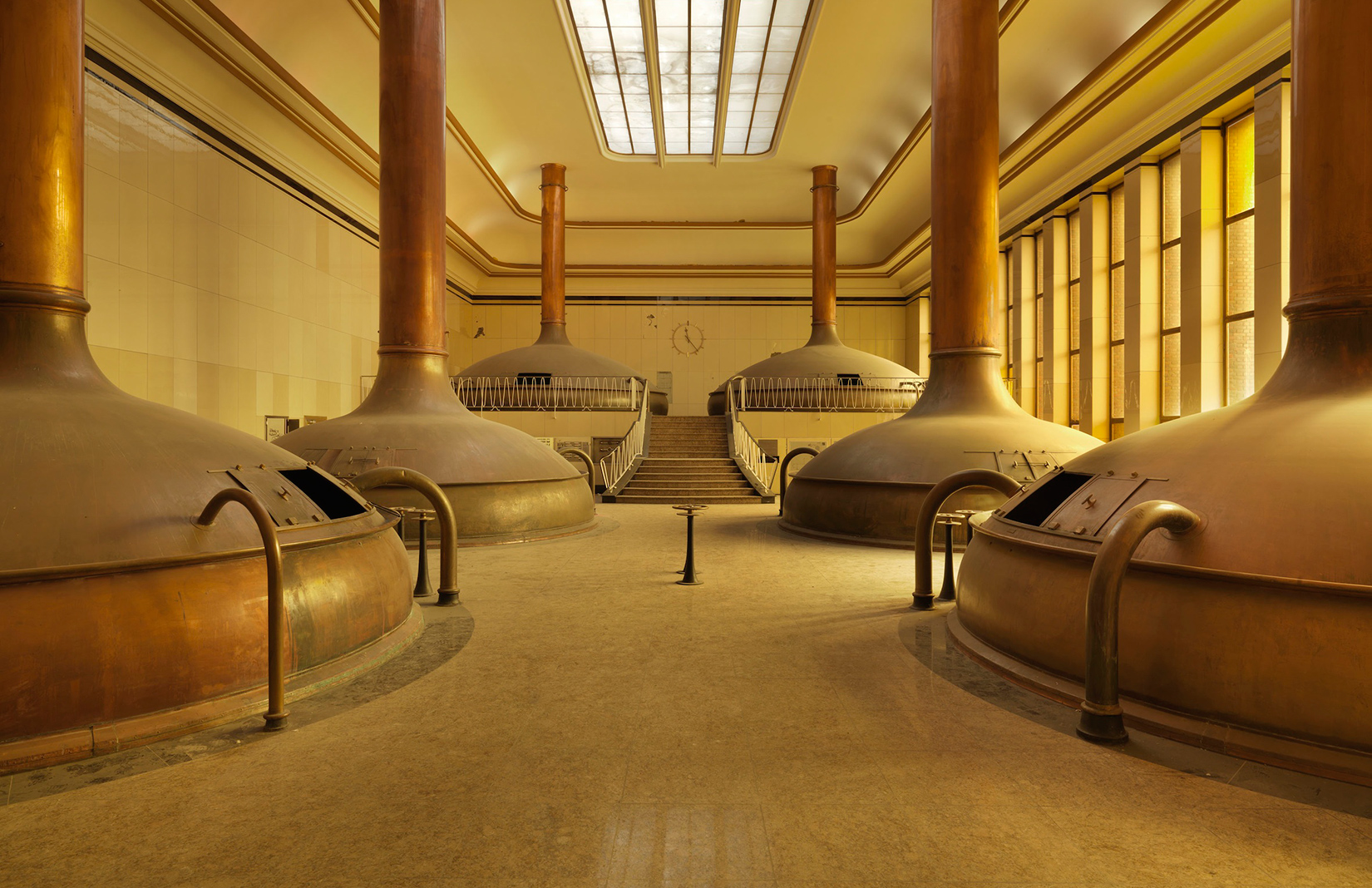It was only a matter of time before Berlin’s free-flowing, ever-evolving art scene spilled out from the conventional gallery space and into the city’s derelict bunkers, abandoned airports and skeletal architectural relics.
Here, we take you through the doors of some of our favourites unusual art spaces in the German capital.
KINDL Centre for Contemporary Art
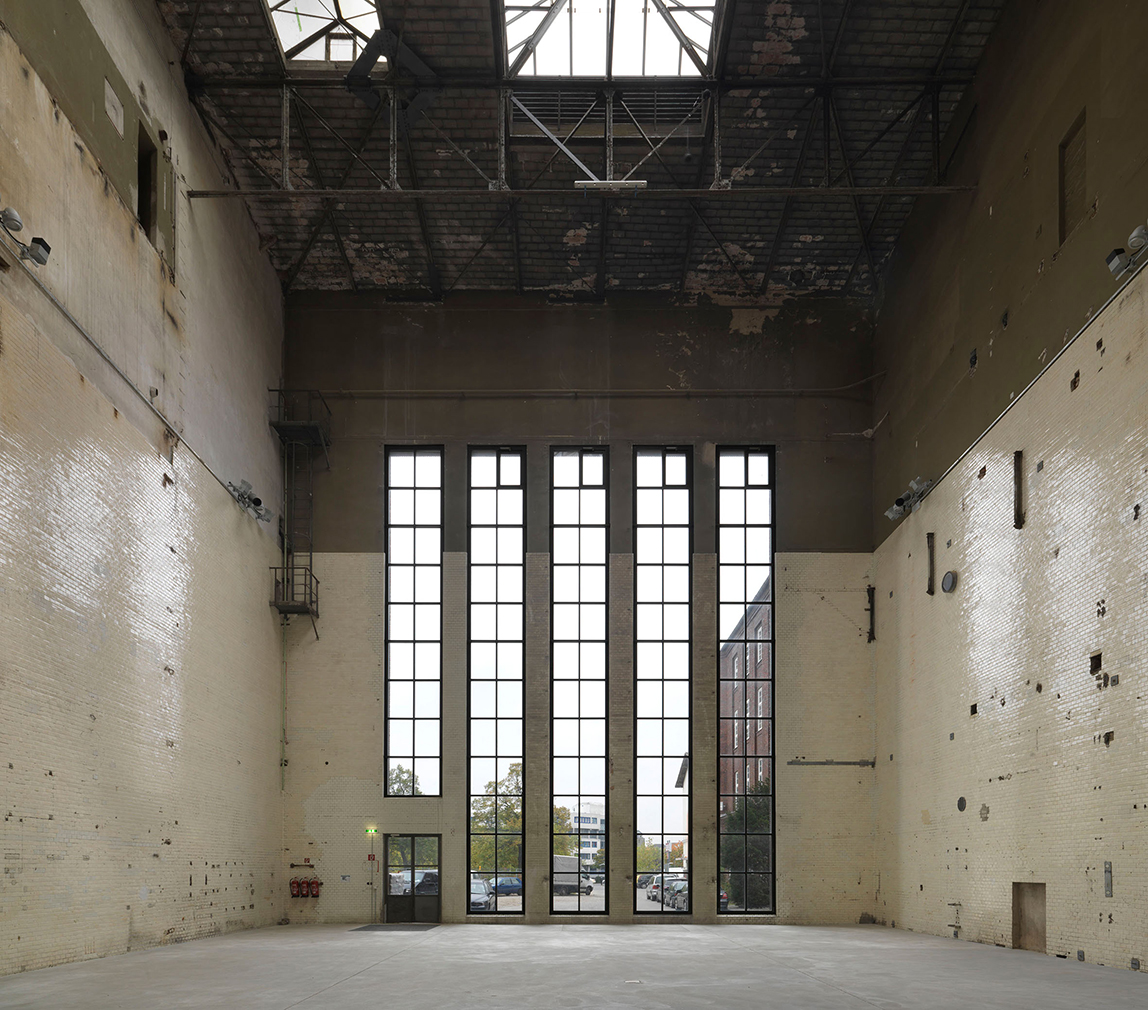
A former bastion of Berlin’s brewing industry, KINDL reopened as a centre of contemporary art in late 2016. A striking example of 1920s brick expressionism, it is composed of a carefully renovated power, boiler and brewhouse, complete with original copper kettles. The centre reopens with new autumn exhibitions from 8 September.
KINDL – Centre for Contemporary Art, Am Sudhaus, 12053 Berlin
The Feuerle Collection
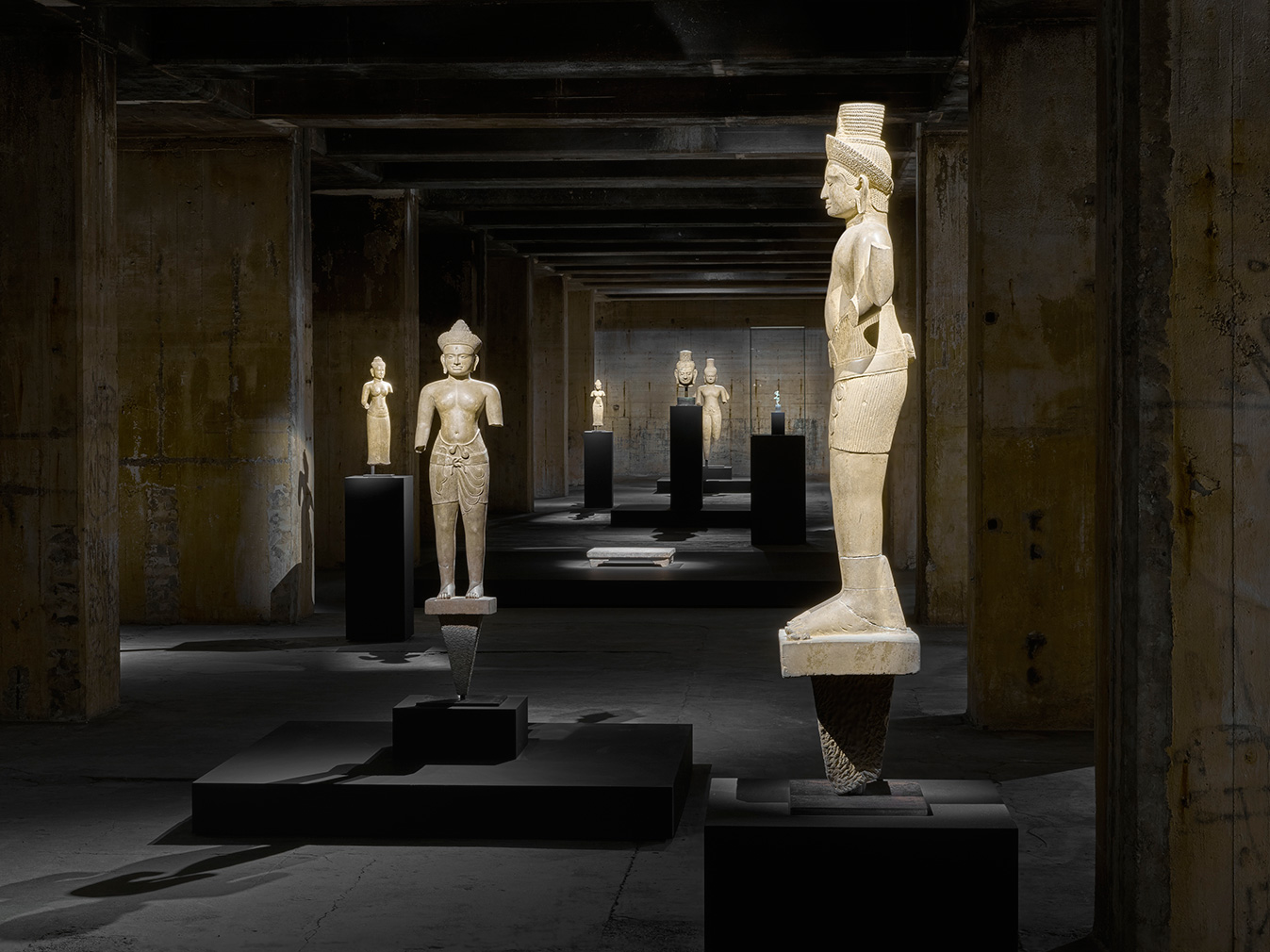
The Feuerle Collection lives in a converted WW2 bunker in Kreuzberg. British designer John Pawson took a ‘less is more’ approach to adapting the intriguing concrete cocoon, retaining its stalactites and patinated planes. The private collection brings together ancient and modern Asian art including sculptures and furniture.
Hallesches Ufer 70, 10963 Berlin, Germany
St Agnes
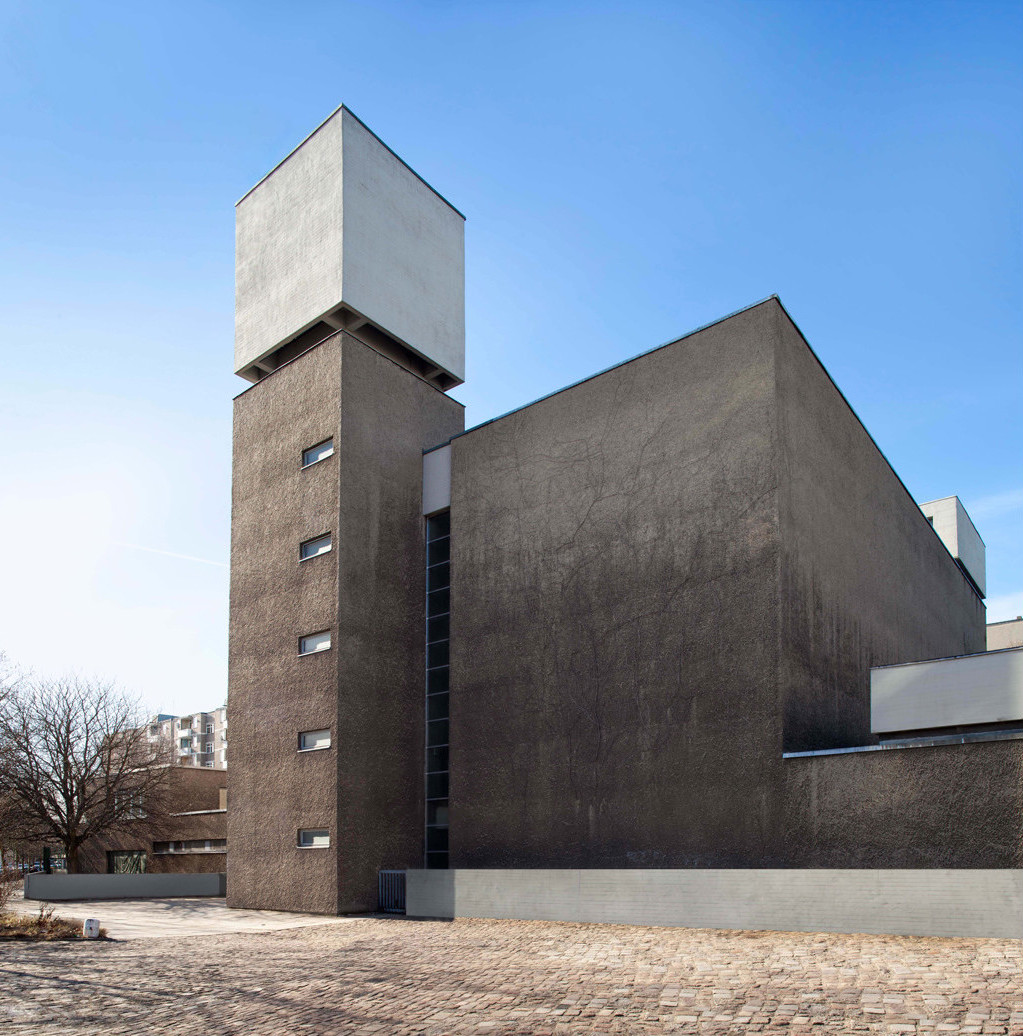
An iconic brutalist church completed in 1962 by Werner Düttmann, St Agnes underwent renovations by architect Arno Brandlhuber before becoming the permanent residence of König Galerie. The concrete monolith has no windows, but its exhibition halls are light-filled thanks to slits in its facade and skylights.
Alexandrinenstraße 118-121, 10969 Berlin
Kunsthaus Dahlem
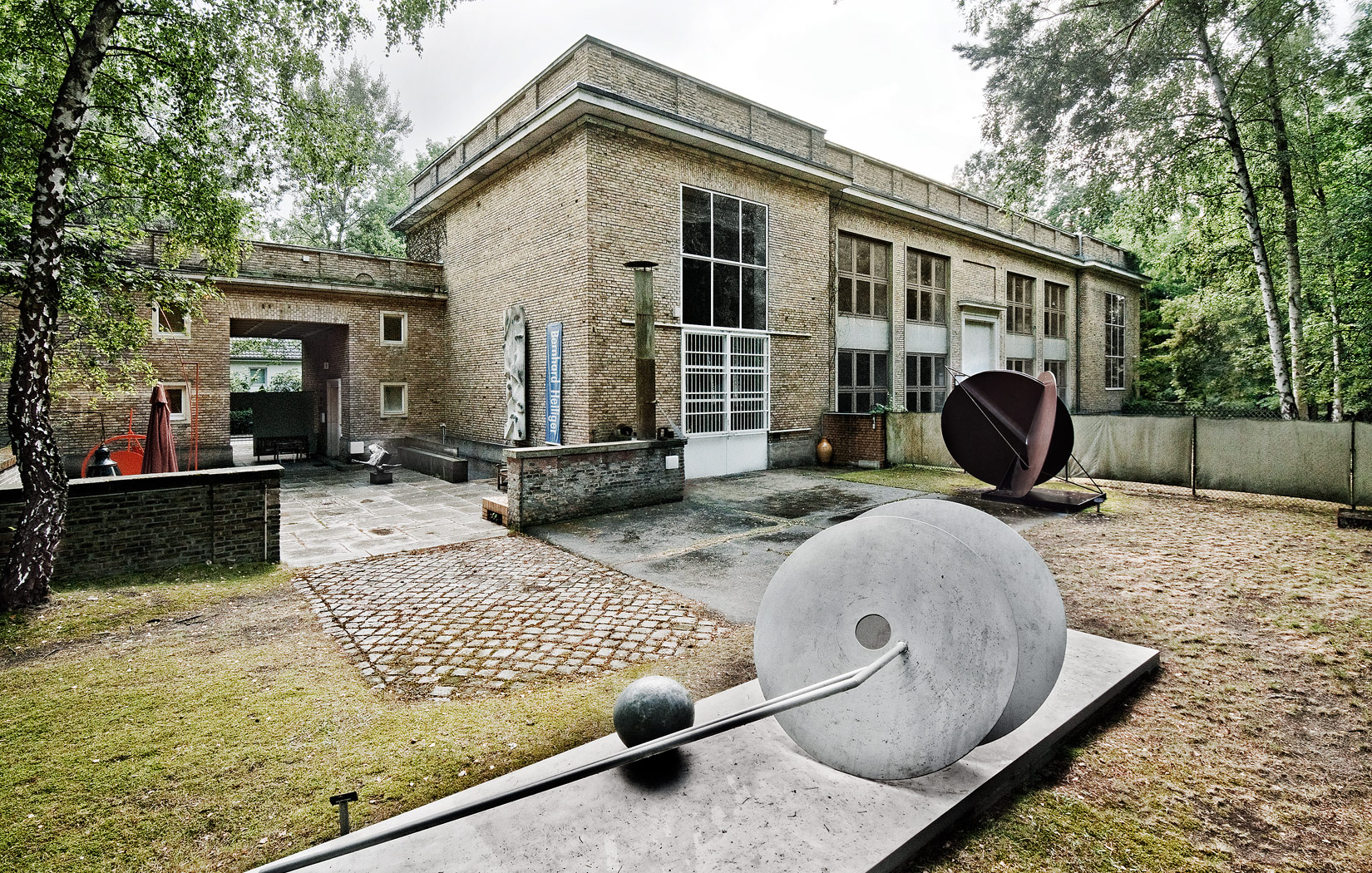
Built in 1942 by the Social Nationalist party as a studio for Hitler’s favourite artist Arno Breker, Kunsthaus Dahlem dwarfs visitors with its imposing nine-metre-high walls. The vast studio space has housed many artists since its construction but has recently been divided and transformed by the Berlin Senate.
Käuzchensteig 8, 14195 Berlin
C/O Berlin
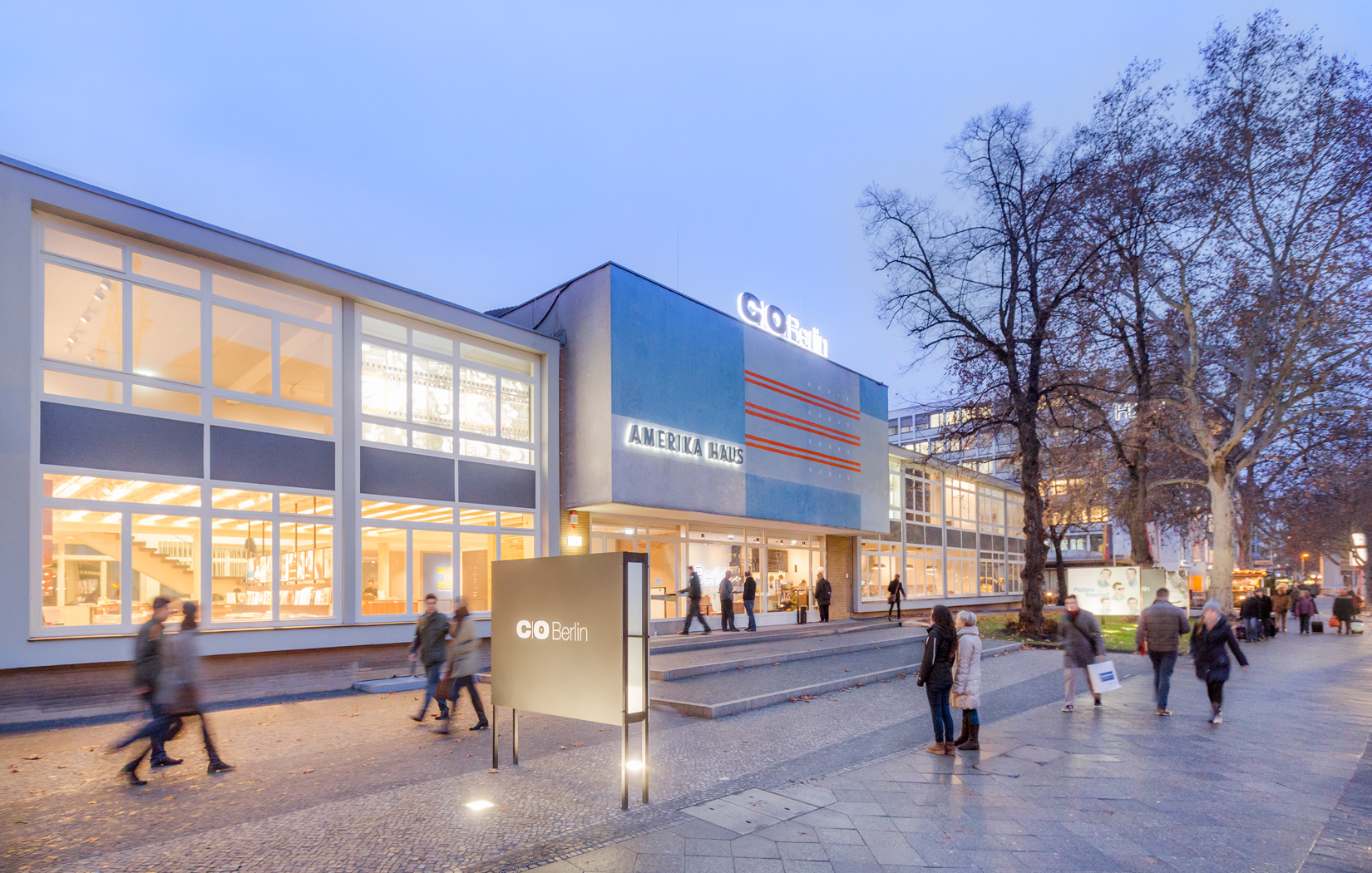
Constructed in 1957 by Bruno Grimmek, the quietly elegant Amerika Haus acted as an info centre for the US until 2006. Its visitors have varied from Richard Nixon and Willy Brandt to hundreds of protesters wielding eggs and Molotov cocktails. Renovated in 2014, the art space is now the top choice for Berlin photography shows.
Hardenbergstraße 22, 10623 Berlin
Boros Bunker
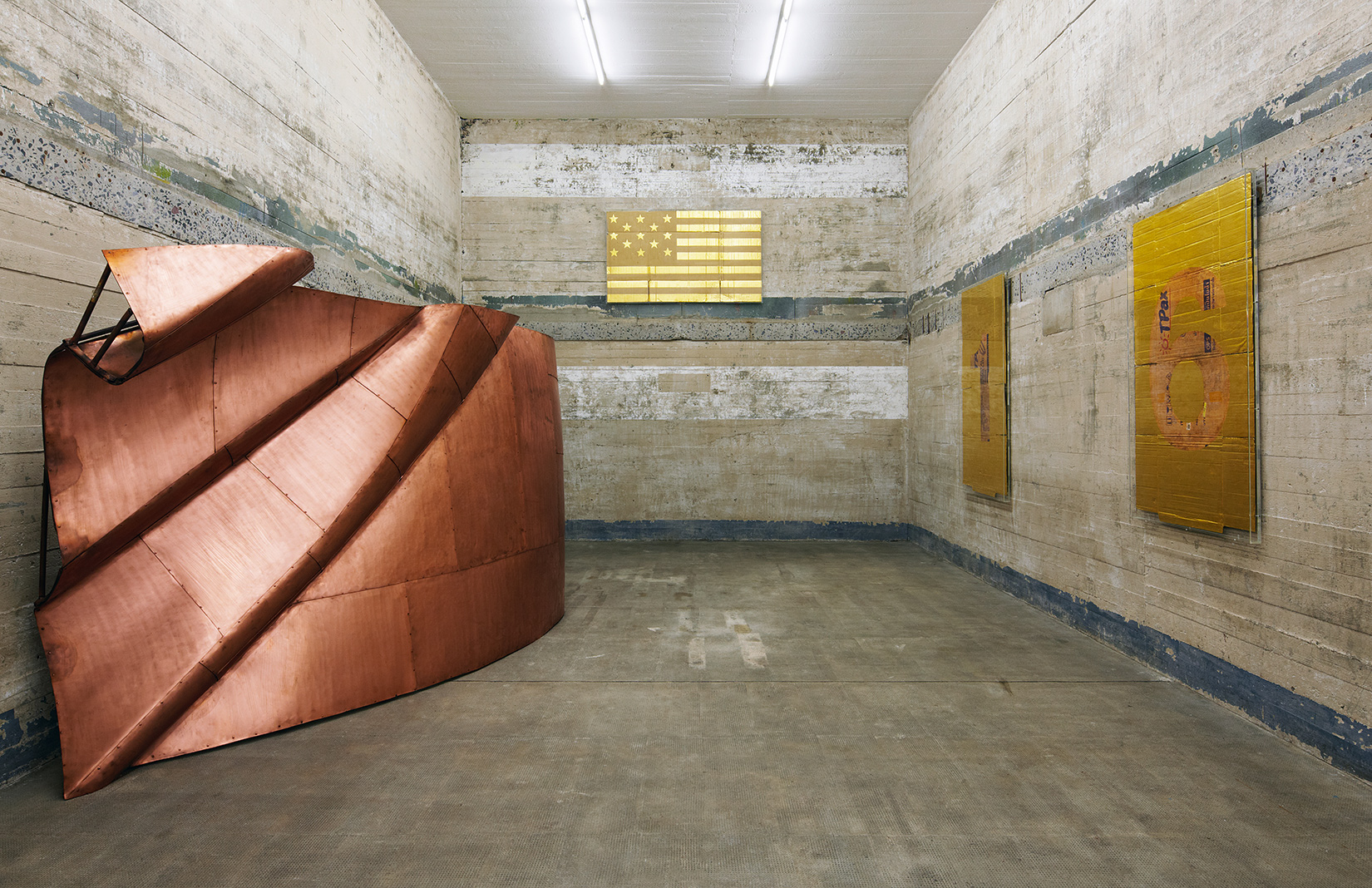
Boros Bunker started life as a civilian air raid shelter built in 1942. Following the war, it was used to store fruit, known to locals as the ‘banana bunker’, before becoming a hardcore techno club in the 1990s. Following a renovation in 2007, the converted bunker was transformed into a space to exhibit the extensive art collection of Christian and Karen Boros – who live on the top floor of the building – including works by Olafur Eliasson, Wolfgang Tillmans and Ai Weiwei.
Reinhardtstraße 20, 10117 Berlin
Hamburger Bahnhof
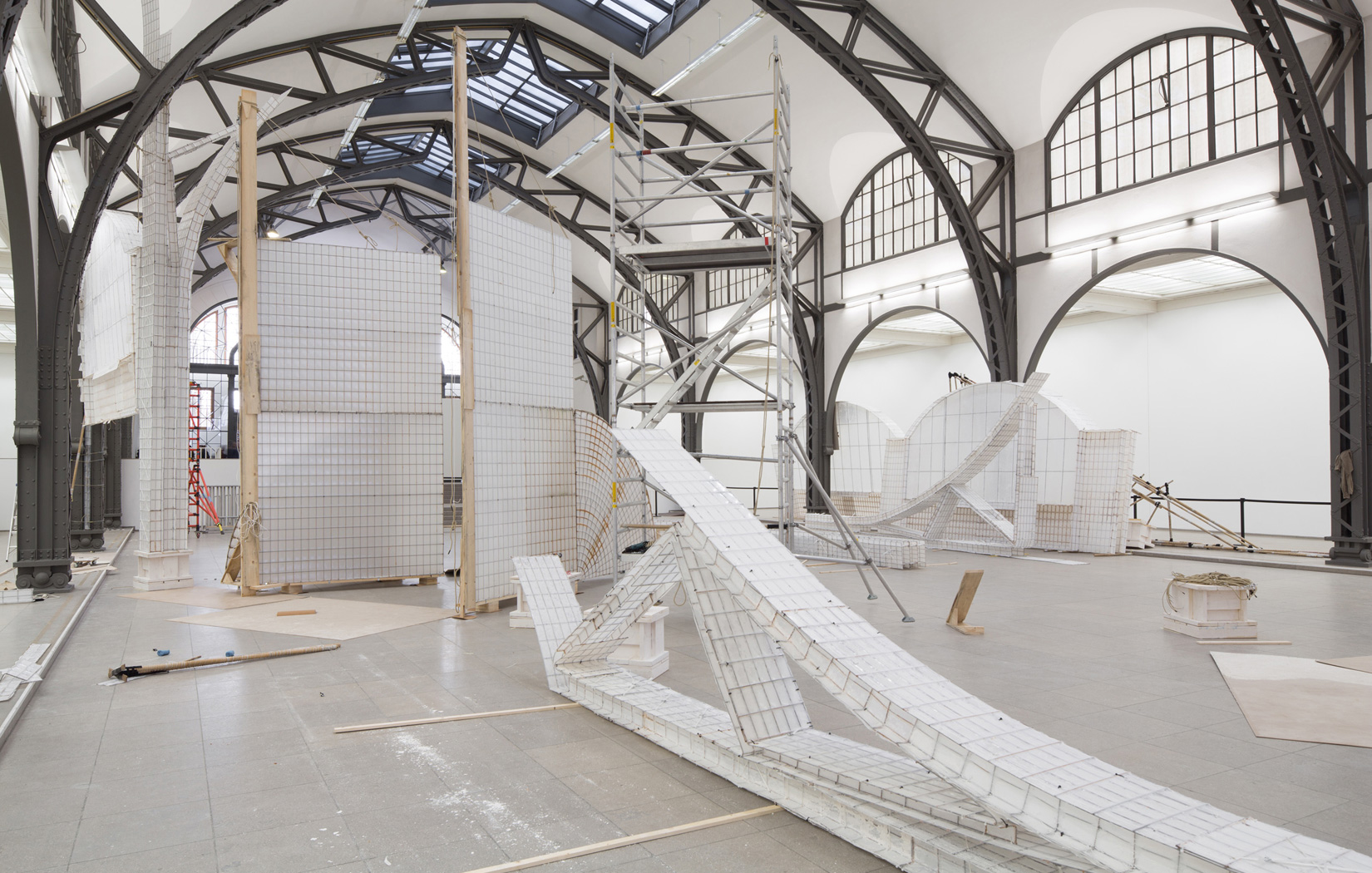
A train station turned transport and then contemporary art museum, Hamburger Bahnhof first opened in 1846. The only remaining terminus from Berlin’s 19th-century neoclassical period, the building is now a wonderfully cavernous art museum housing both permanent and temporary exhibitions.
Invalidenstraße 50-51, 10557 Berlin
Box Freiraum
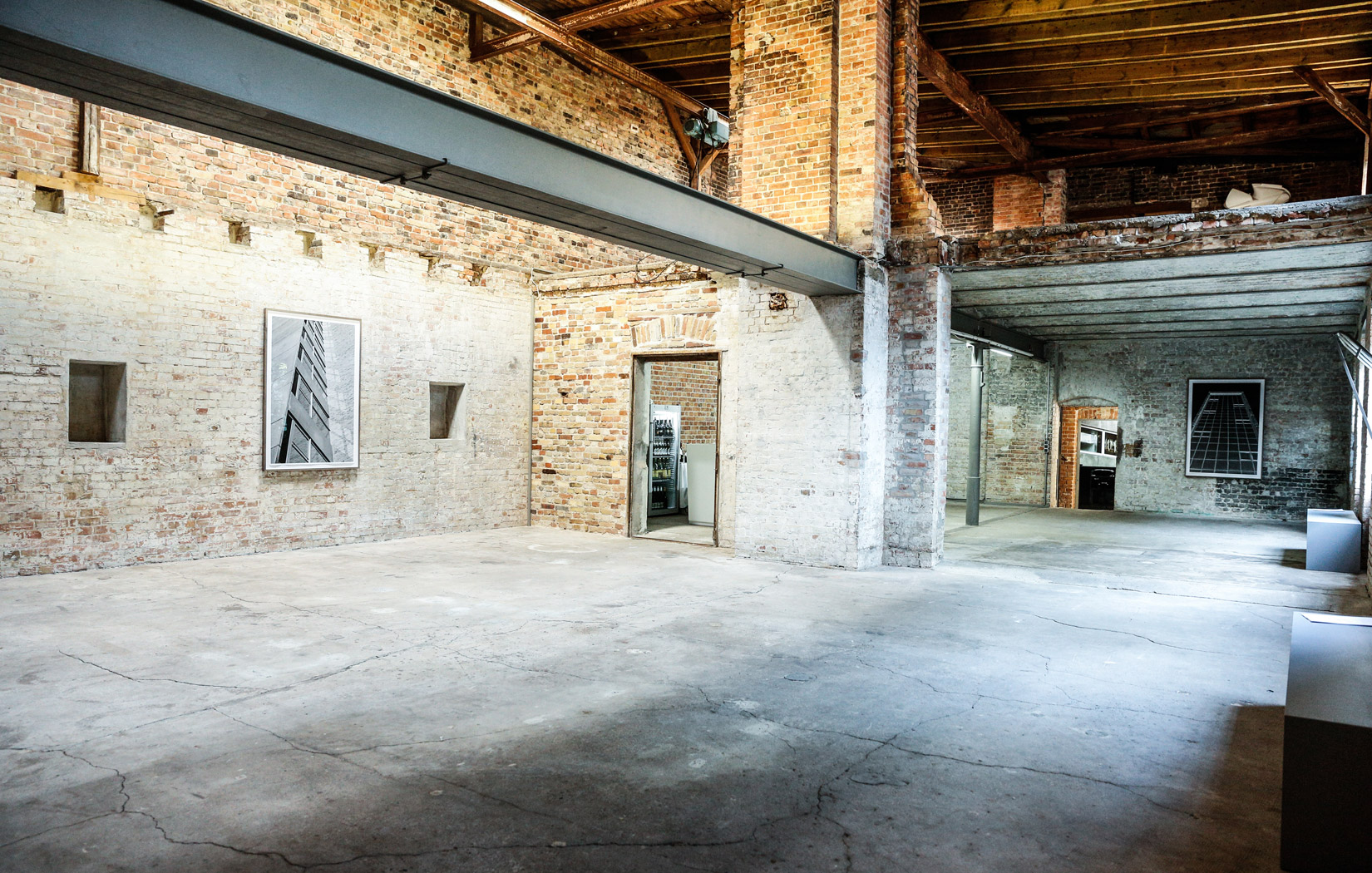
Fairly new on Berlin’s art scene is Box, the charming former stables of Otto Pohl, ‘coach king of Berlin’. Finished in 1893 by Wilhelm Magnus, the luxurious stables were renovated in 2008 by architect Carolina Mojto before opening their doors as art spaces and studios in summer 2014.
Boxhagener Straße 93/96 (Innenhof), 10245 Berlin-Friedrichshain
Kinderhook and Caracas
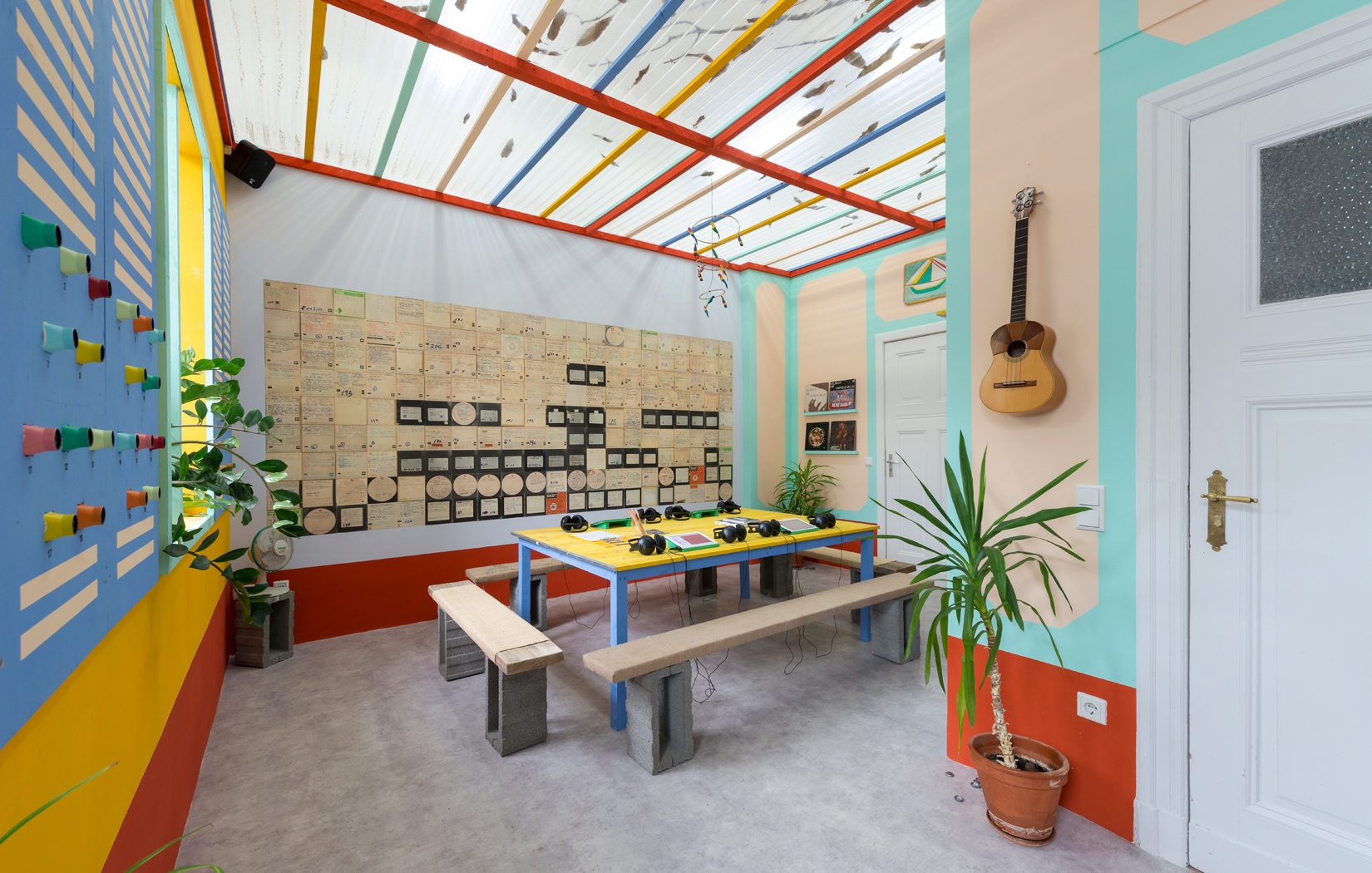
Named after the two hometowns of the owners, this gallery is tucked away in a classic Berlin altbau in the district of Kreuzberg. Sited in the owners’ cosy studio apartment-cum-gallery space, Kinderhook & Caracas’s shows champion an eclectic range of artists and topics.
Kreuzbergstraße 42E, 10965 Berlin
Galerie Patrick Ebensperger
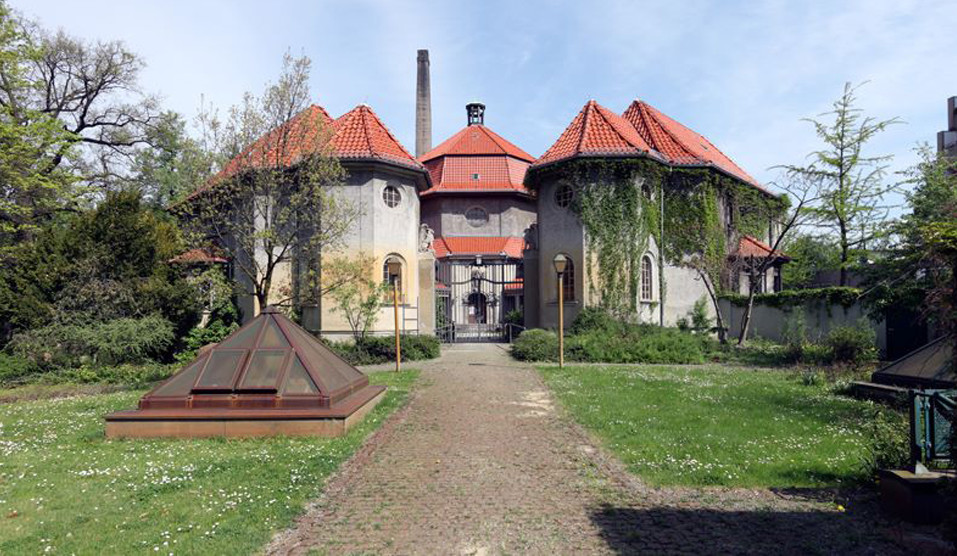
A quiet-looking, early 20th-century building covered in moss, Galerie Patrick Ebensperger was formerly a mortuary chapel before its adaptive reuse. The building is part of a larger crematorium from the 1930s and the area is slowly being developed into artist studios and spaces titled Silent Green.
Krematorium Wedding, Plantagenstraße 30, 13347 Berlin
Kraftwerk

Power station turned club/art space isn’t so unusual for Berlin (see: Berghain) but Kraftwerk is far from ordinary. Built in Mitte during the early 1960s, Kraftwerk is a resplendent relic of early industrial Berlin, known for hosting art fairs and resident club, Tresor.
Köpenicker Str. 70, 10179 Berlin, Germany
Looking for more to do in the German capital? See our Berlin city guide




